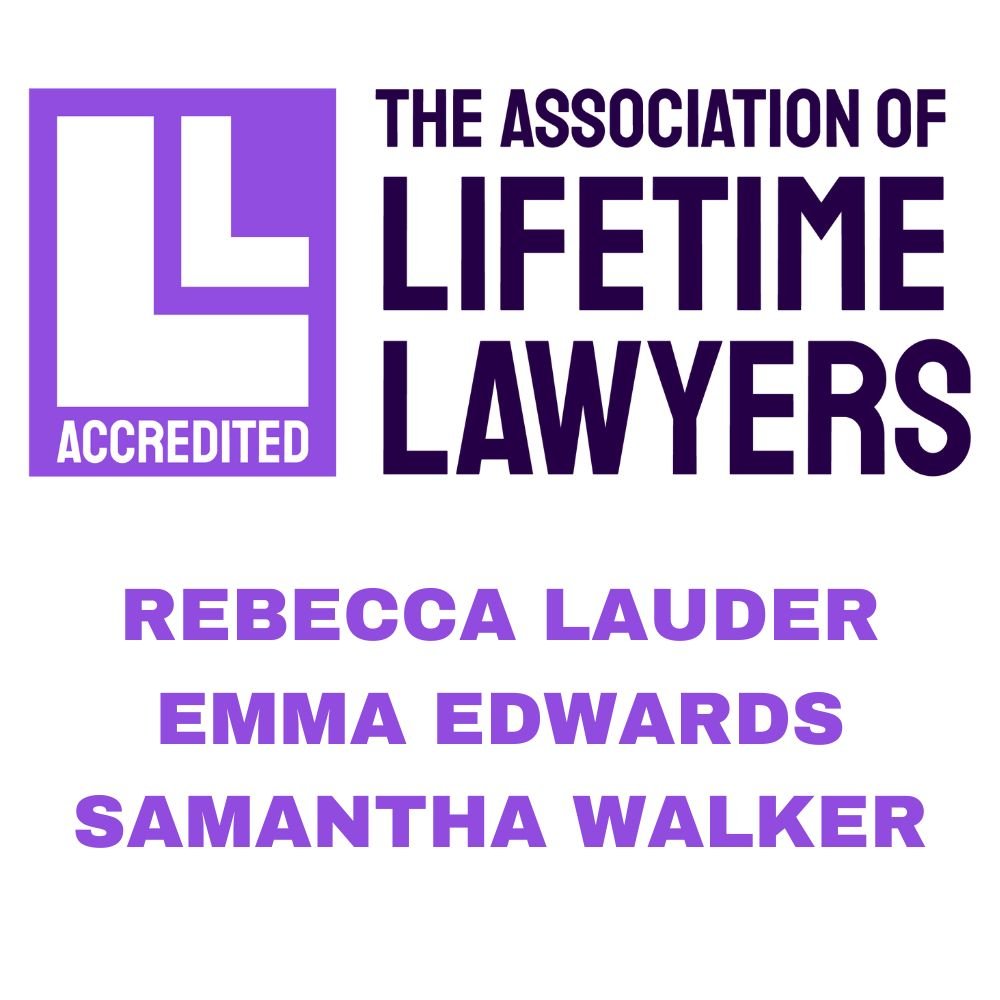The Supreme Court decision in the case of Tillman v Egon Zehnder Ltd is still pending but, either way, the facts speak for themselves… a poorly drafted restrictive covenant can create almighty problems for an employer looking to enforce such provisions.
So what are the facts?
The facts are as follows. Ms Tillman, the Respondent and former prized senior executive, was employed by the Appellant, Egon Zehnder, a global recruitment and management consultancy.
Having initially been employed in a junior role, but with a view to being swiftly promoted to a more senior role, her contract of employment contained a restrictive covenant, namely a non-compete clause, preventing her from “being concerned or interested in any business carried on in competition” with the Appellant’s business for a period of six months.
As such, when the Respondent left to work for a direct competitor following termination of her employment, the Appellant sought an injunction against her. Notwithstanding that, at first instance, injunctive relief was granted against Ms Tillman, the Court of Appeal subsequently allowed her appeal, accepting that the covenant was indeed in unreasonable restraint of trade.
In particular it was said that the phrase “interested in” restricted Ms Tillman from purchasing shares in a competing company and, as such, was wider than reasonably required for the protection of legitimate business interests.
The appeal of Egon Zehnder came before the Supreme Court in January of this year, attracting the attention of employers and their lawyers nationwide, not least because for the first time in decades the court has been given the opportunity to revisit the question, and construction, of restraints of trade clauses in employment contracts.
So what happens next?
In the event that Egon prove unsuccessful in their appeal, this could potentially render unenforceable thousands of non-compete clauses for senior executives, namely where the net effect is to bar such employees from becoming a shareholder in a competing business because the scope of the restriction is too wide and ambiguous.
Moreover, it may matter little whether that former employee ever had any intention of becoming a shareholder of a competing company, merely that in theory they were contractually refrained from so doing.
That said, and without second guessing the Supreme Court’s decision, the case should serve as a stark reminder to all employers of the dangers of widely drafted restrictive covenants and, in particular, how any clause that seeks to restrict an employee’s activities post-termination should be clearly and carefully worded.
So what should employers do?
Unfortunately, ensuring that a non-compete clause is not impermissibly wide is not necessarily all that straightforward.
Employers must be absolutely clear on exactly what activities they are looking to restrict, and at all times avoid using broad terminology. To do otherwise runs the risk of losing a key employee to a competitor because, ultimately, that employee may not be legally bound by the restrictive covenant in question.
As the law stands, to be legally enforceable, an employer will not only need to show that the restrictive covenant is needed to protect a legitimate business interest, but that the protection sought is entirely reasonable to protect that interest. This can require not only careful thought, but clever legal wording.










